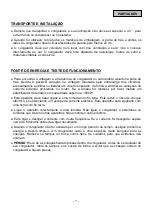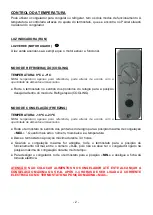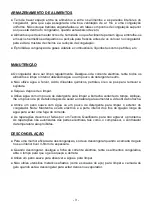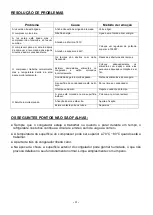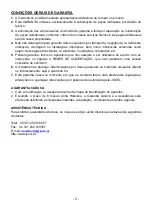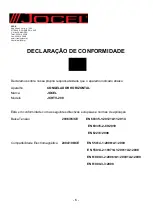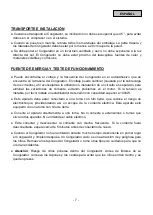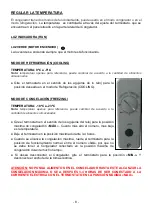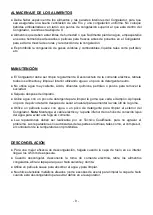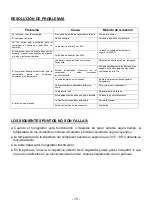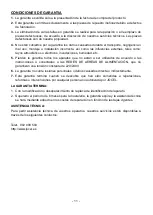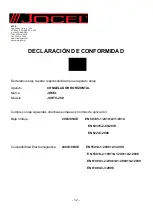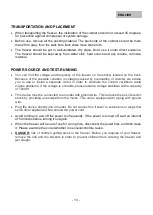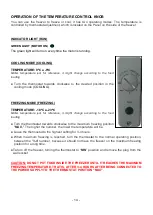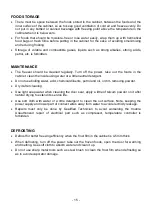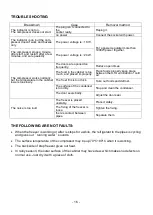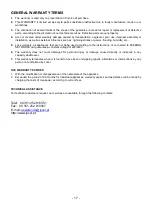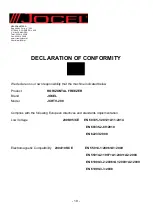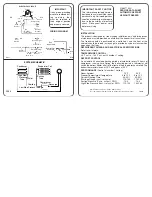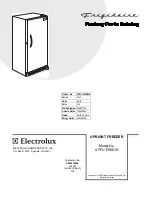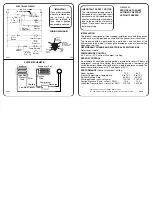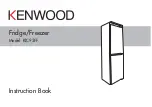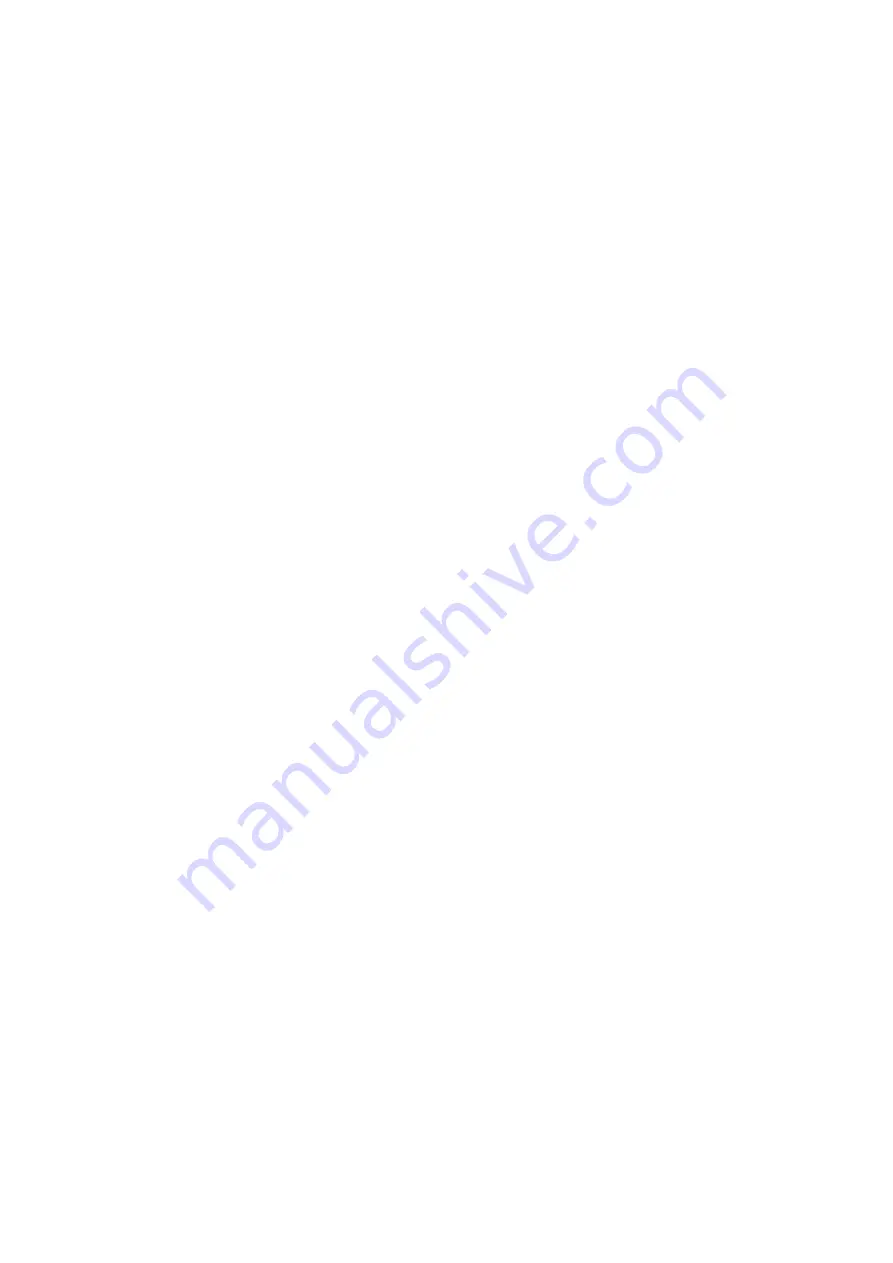
FOOD STORAGE
There must be space between the foods stored in the cabinet, between the foods and the
inner surface of the cabinet, so as to keep good ventilation of cold air and freeze evenly. Do
not put in any bottled or canned beverage with freezing point above the temperature in the
cabinet when it is below zero.
For foods that should be moisture-free or lose water easily, wrap them up with hermetical
food bags or fresh films before putting in the cabinet for the sake of avoiding smell-mixing
and reducing frosting.
Storage of volatile and combustible gases, liquids such as strong alkalies, strong acids,
petrol, etc. is forbidden.
MAINTENANCE
The freezer should be cleaned regularly. Turn off the power, take out the foods in the
cabinet, clean the inside using water or a little neutral detergent.
Do not use boiling water, acid, chemical diluents, petrol and oil, or dirt- removing powder.
Dry it after cleaning.
Use light soap water when cleaning the door seal, apply a little of talcum powder on it after
natural drying to extend its service life.
Use soft cloth with water or a little detergent to clean the out surface. Note, keeping the
power supply and lower part of connect wires away from water to avoid electricity leakage.
Repairs must only be done by Qualified Technician to avoid worsening the trouble.
Unauthorized repair of electrical part such as compressor, temperature controller is
forbidden.
DEFROSTING
Defrost for better freezing efficiency when the frost film in the cabinet is 4-5mm thick.
When defrosting, turn off the power; take out the frozen foods, open the door for warming
and melting. Use soft cloth to absorb water and clean it up.
Do not use sharp metal tools such as steel brush to clean the frost film when defrosting so
as to avoid evaporator damage.
- 15 -

